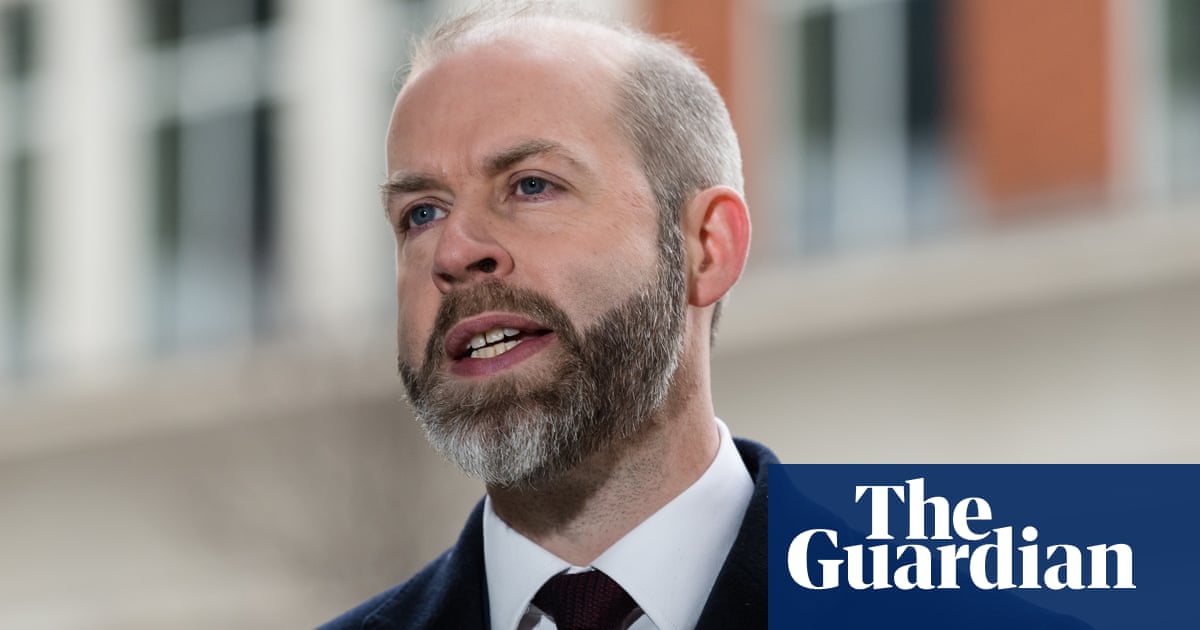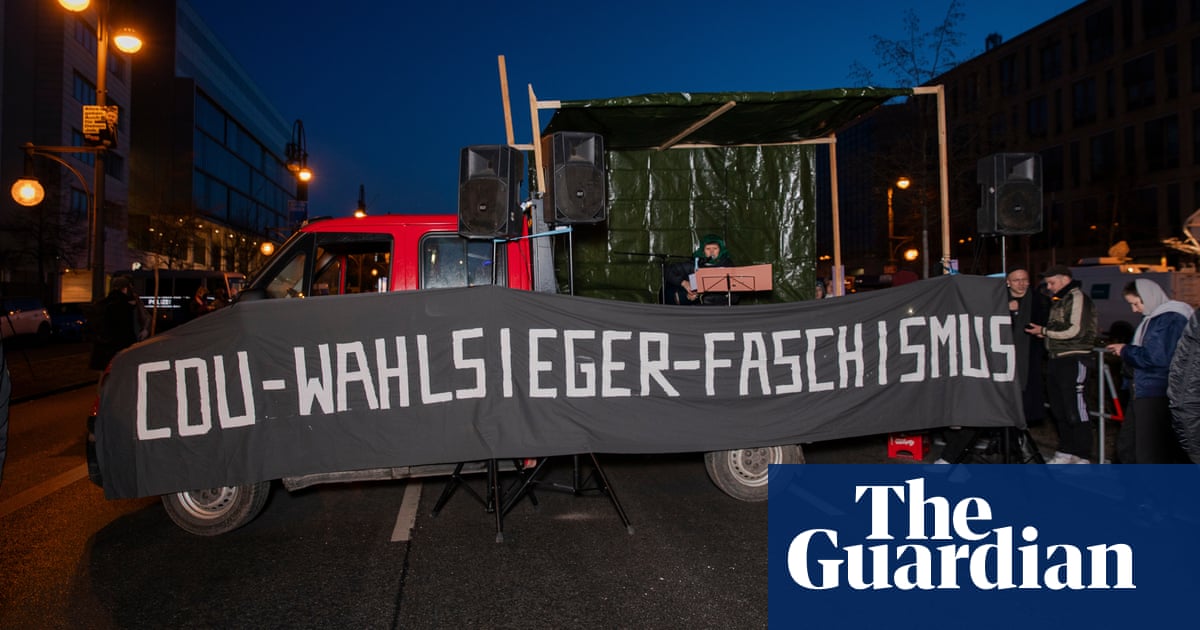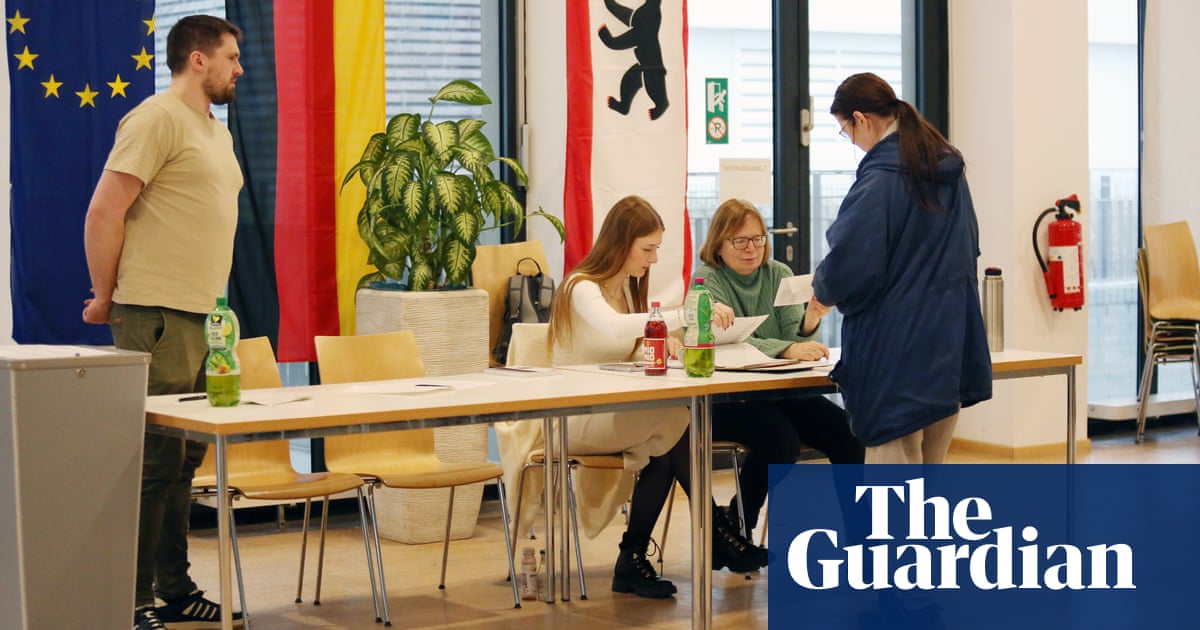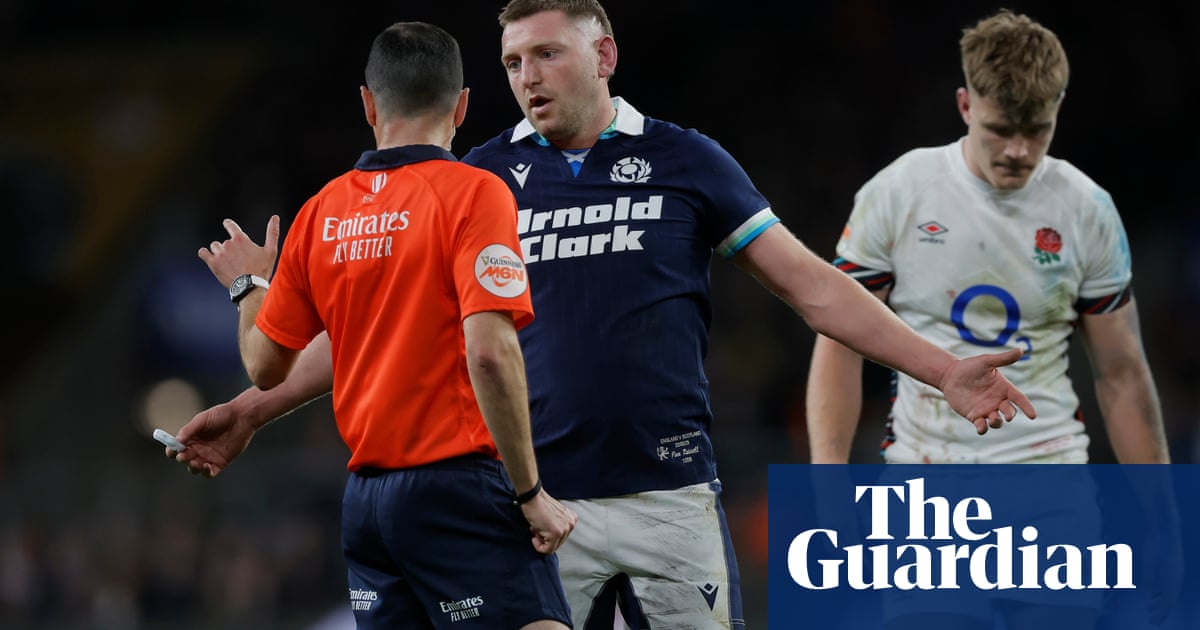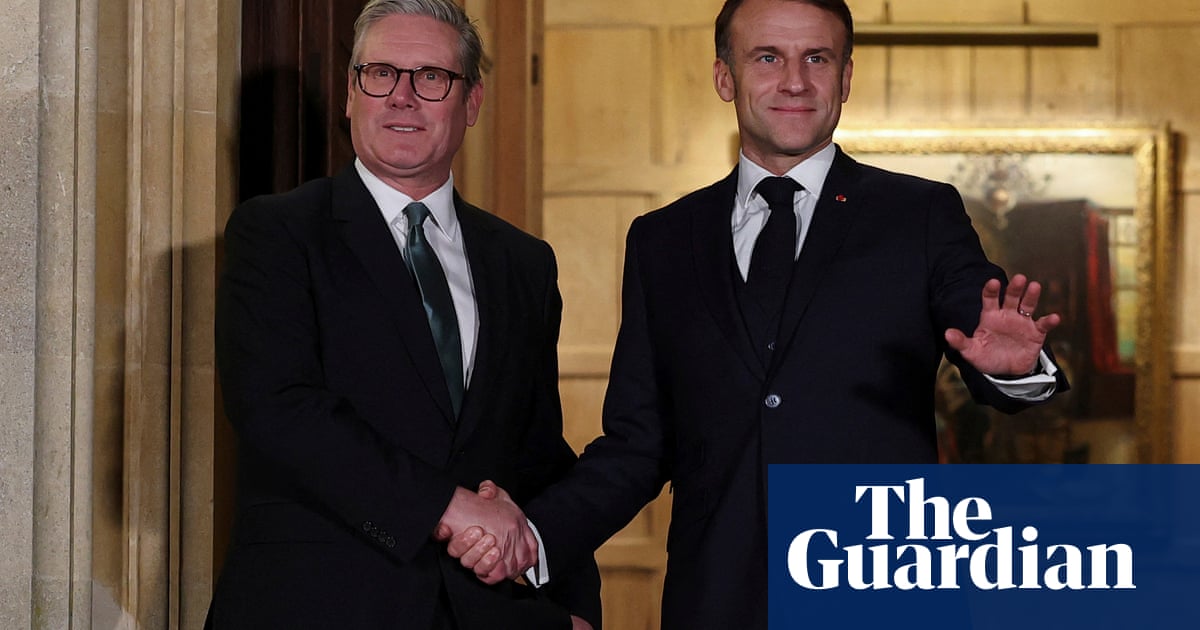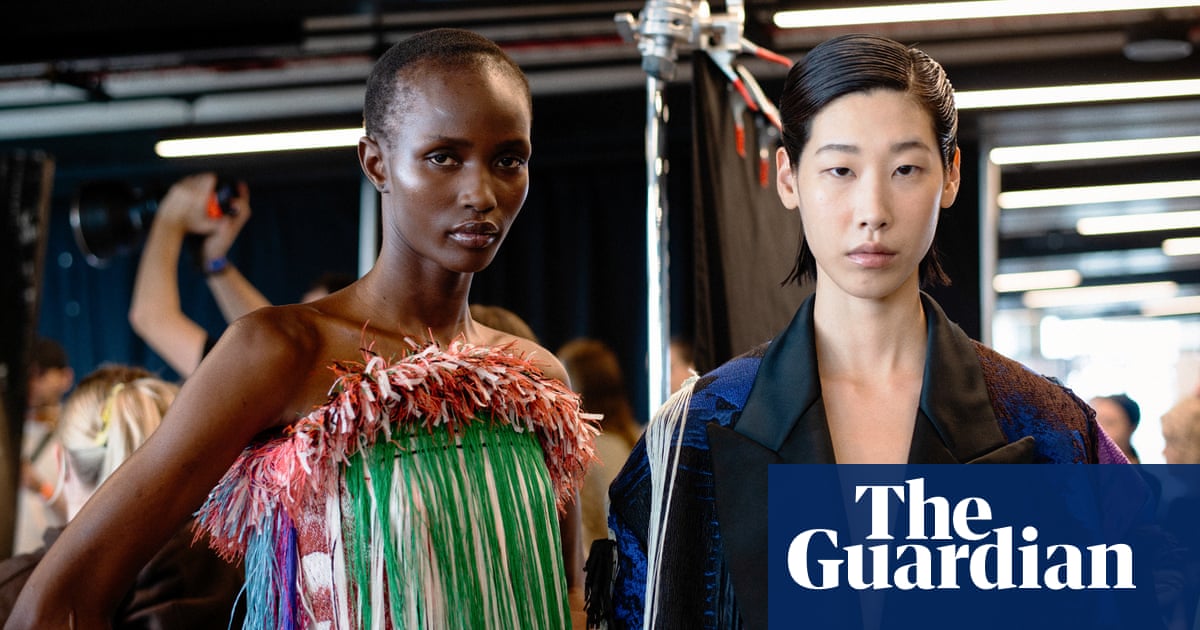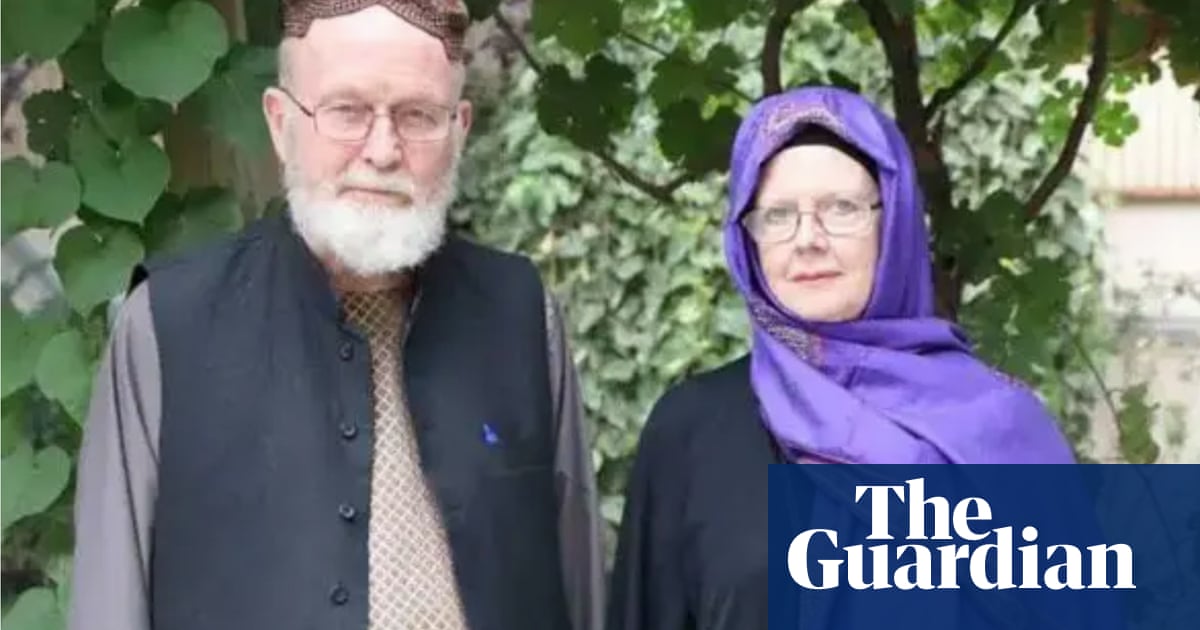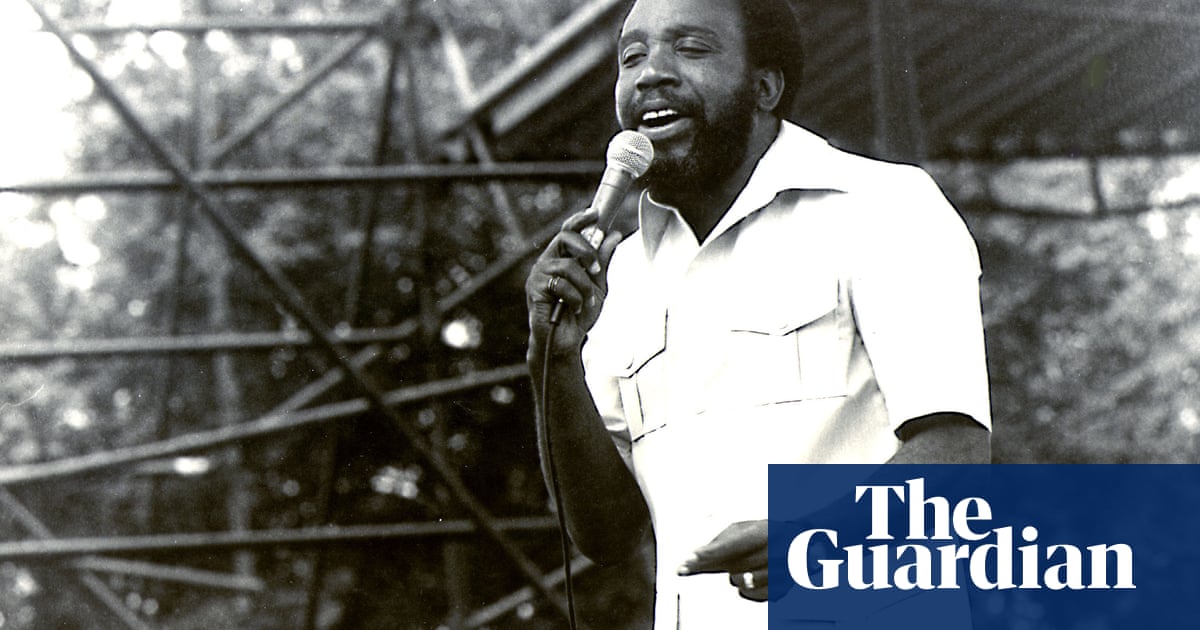The ascendency of Donald Trump to his second presidency is fraught with anxiety and fear for many Americans, particularly gay Americans. Books with queer themes are already being removed from school and public libraries. Trans people are being denied the right to use bathrooms or be on sports teams that align with their gender. Trans medical care is under attack in many states. Diversity, equity and inclusion (DEI) programs that may help LGBTQ+ people as well as others are being eliminated. Justice Clarence Thomas has broached “revisiting” the supreme court decisions that legalized same-sex marriage.
Many queer activists – panicked, tenacious, resolute – are asking what we can do in the face of these attacks that seek to dismantle basic rights and access that were presumed permanent. The enormity and consequentiality of this battle feels like being swept heedlessly into uncharted waters. We are rummaging through US history to find precedents for why Trump won and how to confront the damage he may cause.
What can America’s queer history tell us about confronting the challenges?
The LGBTQ+ community has been here before.
The late 1970s was a somber, frightening time in queer history. The rise of a Christian right – branding themselves the “moral majority” – in conjunction with an energized Republican party began a culture war against women, people of color and queer people. The combination of religious rhetoric, nationalism and economic conservatism – Reaganomics, in other words – created a groundswell of contemporary far-right politicking that became the template for our contemporary political world.
The immediate effects on queer people was tremendous. The modest gains the gay rights movement – emerging in 1969 – had attained were subject to a vicious backlash. Sound familiar? In 1977, Anita Bryant, a devout Christian, popular vocalist and spokesperson for the Florida Citrus Commission, in reaction to a Miami-Dade county gay anti-discrimination ordinance, organized Save Our Children, a national campaign claiming that gay and lesbian teachers were “recruiting” children to homosexuality. The next year conservative California state legislator John Briggs introduced Proposition 6, which would ban all gay and lesbian teachers from the state schools. Children are again the centerpiece of anti-gay and anti-trans hysteria. During this time, recently passed anti-discrimination laws that protected LGBTQ+ people’s jobs, housing and insurance came under attack, and many were repealed. In November of that same year openly gay San Francisco board of supervisors member Harvey Milk, along with the liberal mayor, was assassinated by a fellow supervisor and former San Francisco cop.
In 1981, the peak of this backlash, the first cases of HIV/Aids were reported. Not only were gay men becoming ill and dying, but they were stigmatized, ostracized, and discriminated against in employment, housing, insurance and medial care. As the death toll mounted, the Reagan administration refused to even acknowledge the crisis and Congress cut funding for medical research and safe-sex education. Republican presidential candidate Pat Buchanan announced that homosexuals “have declared war upon nature, and now nature is exacting an awful retribution”.
Preeminent conservative leader William F Buckley penned a New York Times op-ed demanding that homosexual men with HIV be tattooed on the buttocks as a warning to others. A 1985 Los Angeles Times national poll showed that 50% of Americans were in favor of quarantining people infected with HIV. Gay men were banned for life as blood donors. Congress passed legislation forbidding any one who was HIV positive from entering the country. By 1990 over 100,000 people in the US had died of Aids, a large percentage being gay men.
As dark as the coming Trump years may feel to queer people today, it is important to remember the resistance, organizing and political cunning that sustained the community and made substantial progress on numerous issues. National LGBTQ+ groups such as the Gay and Lesbian Task Force and Lambda Legal Defense and Education Fund were lobbying and taking very necessary legal action on legislative and judicial fronts. The deeper and more effective organizing, however, was taking place at community meetings and on the streets. Their tactics were diverse, but all depended on their being publicly queer and outspoken.
Working behind the scenes is necessary, but real change happens when activists are front and center
National and local campaigns were organized – along with many progressive groups – against Bryant’s Save Our Children efforts. They called for a boycott on orange juice – eventually ending her Florida Citrus Commission contract – and mobilized massive rallies across the country claiming that “a day without human rights is like a day without sunshine”. The Miami-Dade ordinance was repealed but Anita Bryant became a national joke. The No On 6 campaign in California – consisting of seasoned strategists and everyday queer people – used the slogan “Come out! Come out! Wherever you are!” Organizing buses of speakers to small towns across the state, they announced: “We’re homosexuals and want to introduce ourselves to you.” This on-the-ground educational campaign was extraordinarily effective and Proposition 6 was defeated.
We learned that working behind the scenes is necessary, but real change happens when activists are front and center – friendly or confrontational – in people’s faces. After 1981, local groups all over the US sprung into action to support men with HIV. As the epidemic steadily worsened, Act Up – Aids Coalition to Unleash Power – was formed in 1987. Its rallying cry “Silence = Death” demanded that people literally “act up”. Street demonstrations were disruptive, protesters invaded the New York stock exchange to protest against drug company profiteering, 1,500 members “took over” the Food and Drug Administration building demanding more effective drugs. Racially diverse with a mix of sexual and gender identities, Act Up confronted issues such as racism, misogyny, prisons and poverty. They were incredibly effective in bringing attention to a crisis and hastening medical research.
The lessons that queer activists need today to fight Trump’s influence are brilliantly manifest in late 70s and 80s organizing and ready for revising, repurposing and reactivation. Direct action and confrontation works. Queer citizens have to be out and vocal. We can’t afford to worry about being “respectable” or “playing nice”. Educating other Americans about who we really are is vital.
Most of all, the LGBTQ+ community cannot be divided; an attack on one group is an attack on all.
Working in conjunction with allies is necessary. Multiple forms of political attacks require multiple and creative responses. Attacks on trans people, banning books, and fighting for equity are all separate issues, but at their core they are all an attempt to make queer people invisible, push them out of public life.
Trump’s polices are not monolithic. There are effective tactics that can be used against each of them. Our most important tactic is to never retreat, demand respect, and always be as visibly queer as possible.
What gives me hope
Hope is vital to existence. It is what often creates the context for how we can move ahead. At this moment – while I do not feel hopeless – I am more in need of solace, comfort. Curiously, solace originally derives from the Greek hilaros, meaning “cheerful”, but there is little cheer at the moment, so I’ll take comfort. This may be wrapping oneself in a cocoon of listening to Billie Holiday – sad as she is – or Alberta Hunter, my go-to blues singers. Hope is a longing, and maybe necessary, yet I am suspicious of it – it is wonderful, but passive. We cannot simply hope for a better future. After the comfort of Billie Holiday, what we need is action. In the words of the great anarchist Mikhail Bakunin: “I shall continue to be an impossible person so long as those who are now possible remain possible.”
-
Michael Bronski is an American academic and writer, best known for his 2011 book A Queer History of the United States. He has been involved with LGBT politics since 1969 as an activist and organizer

 2 months ago
47
2 months ago
47
